2-HEPTYL-4-HYDROXYQUINOLINE N-OXIDE
- CAS NO.:341-88-8
- Empirical Formula: C16H21NO2
- Molecular Weight: 259.34
- MDL number: MFCD00057295
- SAFETY DATA SHEET (SDS)
- Update Date: 2024-11-19 23:02:33
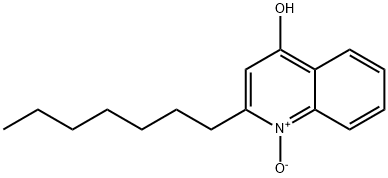
What is 2-HEPTYL-4-HYDROXYQUINOLINE N-OXIDE?
Description
HQNO (341-88-8) is a naturally occurring antagonist of dihydrostreptomycin. Potent inhibitor of the respiratory chain binding to the mitochondrial cytochrome b protein. HQNO inhibits NADH oxidase (NADH) and Na+-dependent NADH-quinone reductase (NQR).
The Uses of 2-HEPTYL-4-HYDROXYQUINOLINE N-OXIDE
HQNO is a streptomycin antagonist. A naturally occurring antagonist of dihydrostreptomycin.
Definition
ChEBI: 2-heptyl-4-hydroxyquinoline N-oxide is an inhibitor of the mitochondrial respiratory chain at cytochrome bc1 and of photosynthetic electron flow immediately before cytochrome b559. It is a monohydroxyquinoline and a quinoline N-oxide.
What are the applications of Application
HQNO is a high affinity respiratory chain inhibitor of quinone oxidation and Zn(II) described to reduce oxygen in and the activity of proton pumps.
References
References/Citations 1) Nakayama?et al. (1999),?Inhibitor studies of a new antibiotic, korormicin, 2-n-heptyl-4-hydroxyquinoline N-oxide and Ag+?toward the Na+-translocating NADH-quinone reductase from the marine Vibrio alginolyticus; Biol. Pharm. Bull.,?221064
Properties of 2-HEPTYL-4-HYDROXYQUINOLINE N-OXIDE
| Melting point: | 156-157° |
| Boiling point: | 445.8±37.0 °C(Predicted) |
| Density | 1.09±0.1 g/cm3(Predicted) |
| storage temp. | Sealed in dry,2-8°C |
| solubility | Soluble in DMSO (up to 8 mg/ml with warming), or in Ethanol (up to 13 mg/ml with warming). |
| form | White to off-white crystalline solid. |
| pka | 1.07±0.40(Predicted) |
| color | White |
| Stability: | Stable for 2 years from date of purchase as supplied. Solutions in DMSO or ethanol may be stored at -20° for up to 1 month. |
Safety information for 2-HEPTYL-4-HYDROXYQUINOLINE N-OXIDE
| Signal word | Warning |
| Pictogram(s) |
 Exclamation Mark Irritant GHS07 |
| GHS Hazard Statements |
H302:Acute toxicity,oral H312:Acute toxicity,dermal H315:Skin corrosion/irritation H319:Serious eye damage/eye irritation |
| Precautionary Statement Codes |
P280:Wear protective gloves/protective clothing/eye protection/face protection. P305+P351+P338:IF IN EYES: Rinse cautiously with water for several minutes. Remove contact lenses, if present and easy to do. Continuerinsing. |
Computed Descriptors for 2-HEPTYL-4-HYDROXYQUINOLINE N-OXIDE
New Products
4-AMINO-TETRAHYDRO-PYRAN-4-CARBOXYLIC ACID HCL 4-(Dimethylamino)tetrahydro-2H-pyran-4-carbonitrile 4-Aminotetrahydropyran-4-carbonitrile Hydrochloride (R)-3-Aminobutanenitrile Hydrochloride 3-((Dimethylamino)methyl)-5-methylhexan-2-one oxalate 1,4-Dioxa-8-azaspiro[4.5]decane 5-Bromo-2-nitropyridine Nimesulide BP Aceclofenac IP/BP/EP Diclofenac Sodium IP/BP/EP/USP Mefenamic Acid IP/BP/EP/USP Ornidazole IP Diclofenac Potassium THOMAIND PAPER PH 2.0 TO 4.5 1 BOX BUFFER CAPSULE PH 9.2 - 10 CAP SODIUM CHLORIDE 0.1N CVS ALLOXAN MONOHYDRATE 98% PLATINUM 0.5% ON 3 MM ALUMINA PELLETS (TYPE 73) LITHIUM AAS SOLUTION 2-Bromo-1-(bromomethyl)-3-chloro-5-nitrobenzene 2-Bromo-3-nitroaniline N-(3-Hydroxypropyl)-N-methylacetamide 3-Bromo-6-chloropyridazine 4-ethyl-3-nitrobenzoic acidRelated products of tetrahydrofuran
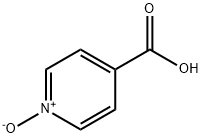

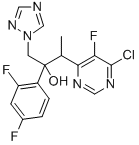
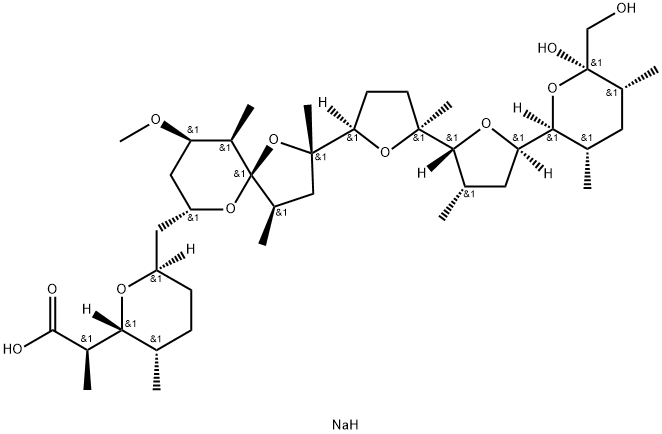
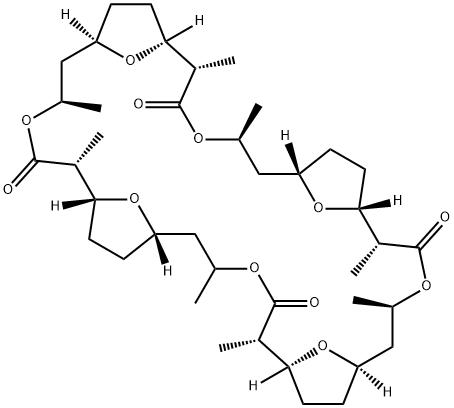



You may like
-
 1-Methyl-6-oxo-1,6-dihydropyridazine-3-carbonitrile 98%View Details
1-Methyl-6-oxo-1,6-dihydropyridazine-3-carbonitrile 98%View Details
99903-60-3 -
 88491-46-7 98%View Details
88491-46-7 98%View Details
88491-46-7 -
 1823368-42-8 98%View Details
1823368-42-8 98%View Details
1823368-42-8 -
 2-(3-(tert-butyl)phenoxy)-2-methylpropanoic acid 1307449-08-6 98%View Details
2-(3-(tert-butyl)phenoxy)-2-methylpropanoic acid 1307449-08-6 98%View Details
1307449-08-6 -
 Ethyl 3-(furan-2-yl)-3-hydroxypropanoate 25408-95-1 98%View Details
Ethyl 3-(furan-2-yl)-3-hydroxypropanoate 25408-95-1 98%View Details
25408-95-1 -
 2-Chloro-5-fluoro-1-methoxy-3-methylbenzene 98%View Details
2-Chloro-5-fluoro-1-methoxy-3-methylbenzene 98%View Details
1805639-70-6 -
 1784294-80-9 98%View Details
1784294-80-9 98%View Details
1784294-80-9 -
 Lithium ClavulanateView Details
Lithium ClavulanateView Details
61177-44-4